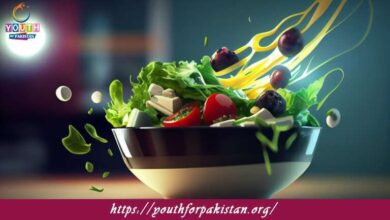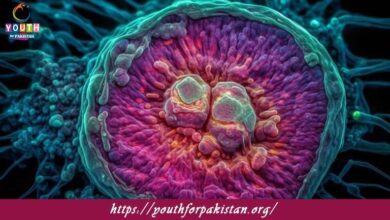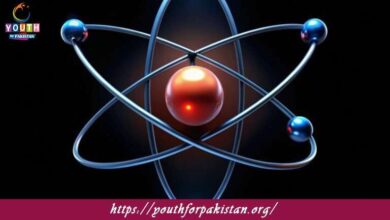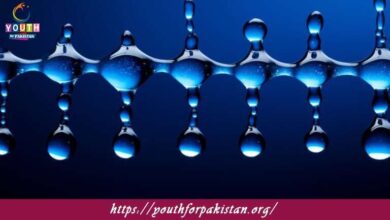9th Class Biology Chapter 9 Quiz with Answers
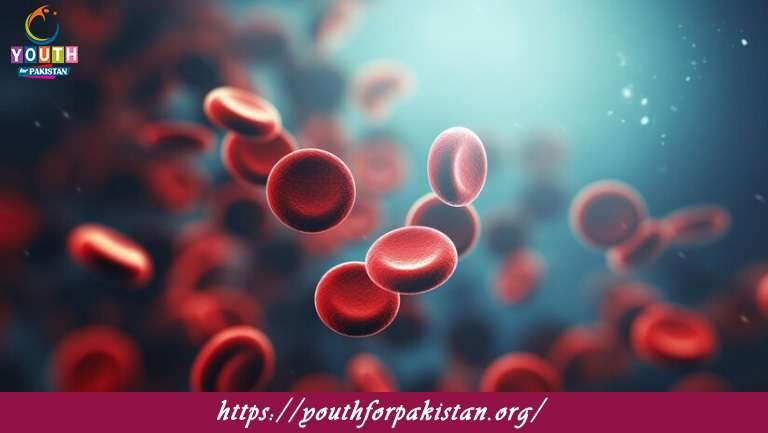
“9th Class Biology Chapter 9 Quiz: Transport” takes the students through the basic mechanisms of transport within and between the cells, tissues, and organs. This chapter is very crucial for MDCAT aspirants since it gives basic knowledge about the transport of nutrients, gases, and waste products in living organisms. To help you prepare, we have a specially designed MDCAT Quiz to actually test and reinforce your knowledge on these critical concepts.
Transport is a basic biological process that ensures survival and the proper functioning of organisms. The chapter discusses, in detail, mechanisms of transport, such as diffusion, osmosis, and active transport, that describe how molecules move across the cell membrane. It also looks at the transport systems of plants, xylem, and phloem, and their role in water and nutrient movement. In animals, the emphasis is on the circulatory system, covering the structure and function of the heart, blood vessels, and blood components, including their role in immunity and oxygen delivery.
MDCAT Quiz: Test Your Transport Knowledge
Our MDCAT Quiz for Chapter 9 is designed to master the topics such as vascular systems in plants, human circulatory system, and comparison of different mechanisms of transport. These quizzes include MDCAT-level questions that challenge your understanding and improve your ability to apply concepts effectively in exams. Regular practice ensures you’re well-prepared to tackle transport-related questions confidently.
- Test Name: 9th Class Biology Chapter 9 Quiz
- Type: Quiz Test
- Total Questions: 30
- Total Marks: 30
- Time: 30 minutes
Note: Answer of the questions will change randomly each time you start the test, once you are finished, click the View Results button.
Free Flashcards for Transport
Simplify your revision with our free flashcards for Chapter 9. These flashcards focus on key terms such as phloem translocation, capillary exchange, lymphatic system, and transpiration pull, making complex topics easy to review and remember. Flashcards are an excellent tool for reinforcing key concepts and ensuring long-term retention.

In the human circulatory system, what is the name of the valve between the right atrium and the right ventricle?
Tricuspid valve

What is the primary function of the cilia in the respiratory system?
Move mucus and particles out of the respiratory tract

In the human circulatory system, what is the name of the valve between the left ventricle and the aorta?
Aortic valve

What is the function of the contractile vacuole in some single-celled organisms?
Regulate water content by expelling excess water

What is the term for the pressure exerted by blood against the walls of blood vessels during heart contractions?
Blood pressure

What is the main function of the red blood cells in the circulatory system?
Transport oxygen to body tissues

What is the term for the rhythmic contraction of the heart that pumps blood into the circulatory system?
Cardiac cycle

Which type of blood vessels have thin walls that allow for the exchange of gases, nutrients, and waste products with tissues?
Capillaries

What is the term for the movement of water across a selectively permeable membrane from an area of high water concentration to an area of low water concentration?
Osmosis

What is the main function of the tricuspid valve in the heart?
Prevents backflow of blood from the right ventricle to the right atrium

In the human circulatory system, what is the name of the vessel that carries oxygenated blood from the heart to the rest of the body?
Aorta

What is the role of the sodium-potassium pump in cells?
Actively transports sodium out and potassium into the cell to maintain ion balance

What is the term for the process of moving substances out of a cell by merging vesicles with the cell membrane?
Exocytosis

In the human circulatory system, what is the name of the vessel that carries deoxygenated blood from the body to the right atrium?
Vena cava

What is the function of the spleen in the circulatory system?
Filter and remove old or damaged blood cells

In the nervous system, what is the term for the junction between two nerve cells where the transmission of impulses occurs?
Synapse

What is the term for the movement of molecules from an area of low concentration to an area of high concentration with the use of energy?
Active transport

What is the name of the process where cells take in large particles by engulfing them with their cell membrane?
Endocytosis

What is the function of the myelin sheath in the nervous system?
Insulate and speed up the transmission of nerve impulses

In the human circulatory system, what is the name of the valve between the left atrium and the left ventricle?
Mitral valve

What is the name of the process where white blood cells engulf and digest foreign particles or bacteria?
Phagocytosis

What is the primary function of the respiratory system in transport?
Exchange of gases (oxygen and carbon dioxide)

What is the term for the network of vessels that transport blood throughout the body?
Vascular system

What is the function of the nephron in the kidney?
Filtration and reabsorption of substances from the blood
Experience the real exam environment with our expertly designed collection of over 25,000 MCQs MDCAT Mock Tests.


